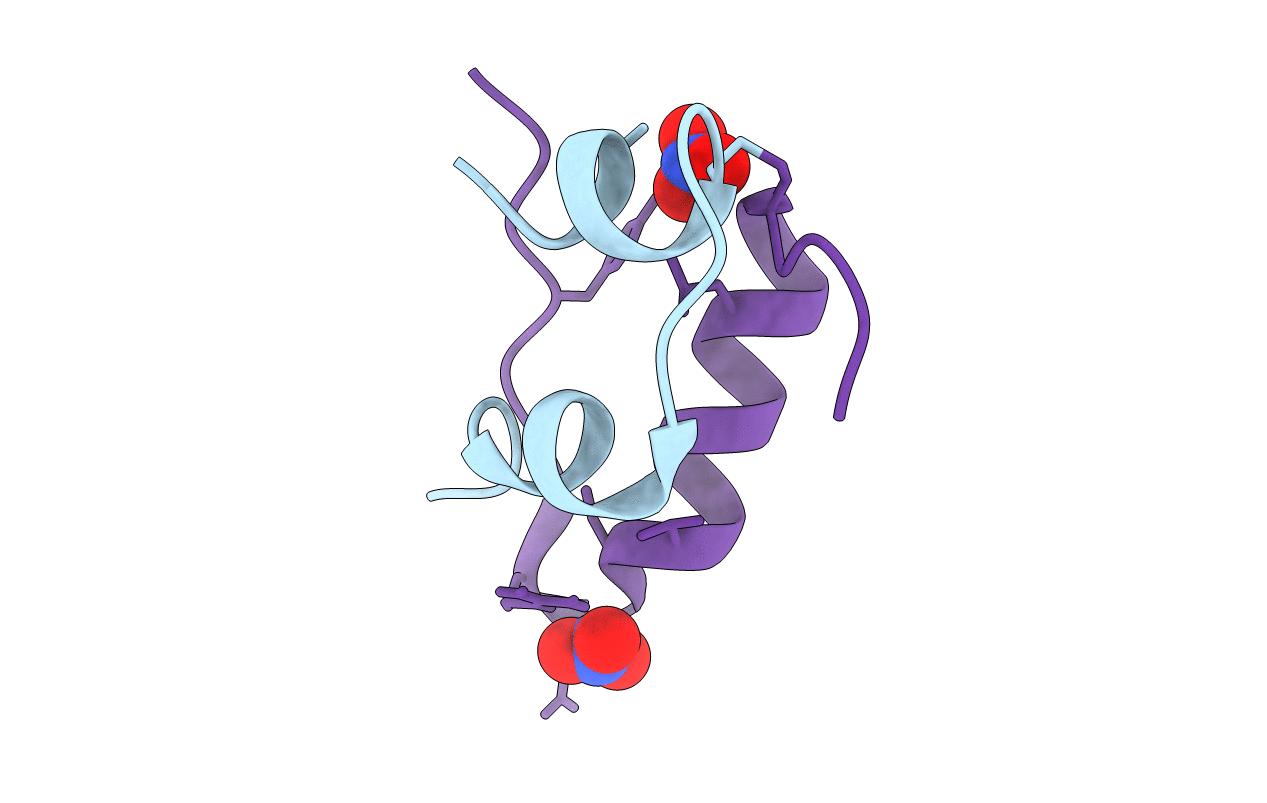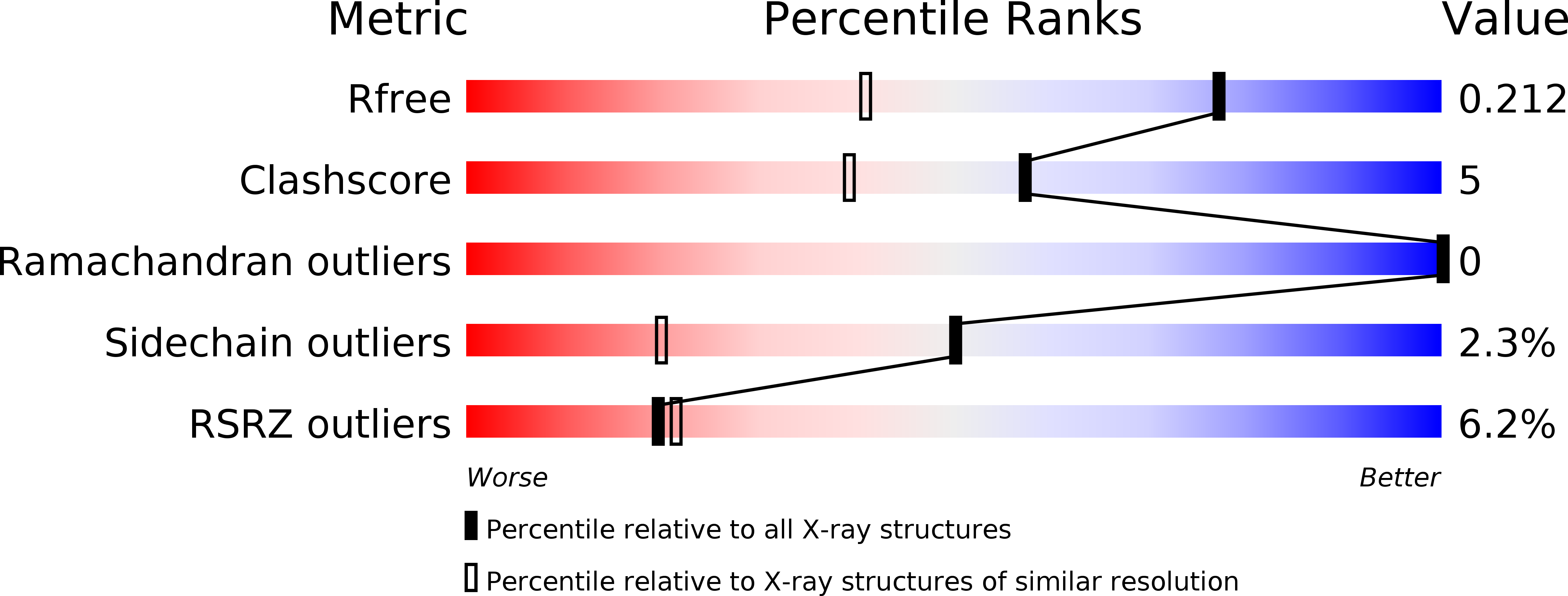
Deposition Date
2019-06-28
Release Date
2020-07-15
Last Version Date
2024-10-23
Entry Detail
PDB ID:
6S4I
Keywords:
Title:
Crystal structure of zinc free A14E, B25H, B29K(N(eps)-[2-(2-[2-(2-[2-(Octadecandioyl-gamma-Glu)amino]ethoxy)ethoxy]acetylamino)ethoxy]ethoxy)acetyl]), desB30 human insulin
Biological Source:
Source Organism:
Homo sapiens (Taxon ID: 9606)
Host Organism:
Method Details:
Experimental Method:
Resolution:
1.51 Å
R-Value Free:
0.21
R-Value Work:
0.18
R-Value Observed:
0.18
Space Group:
I 21 3


